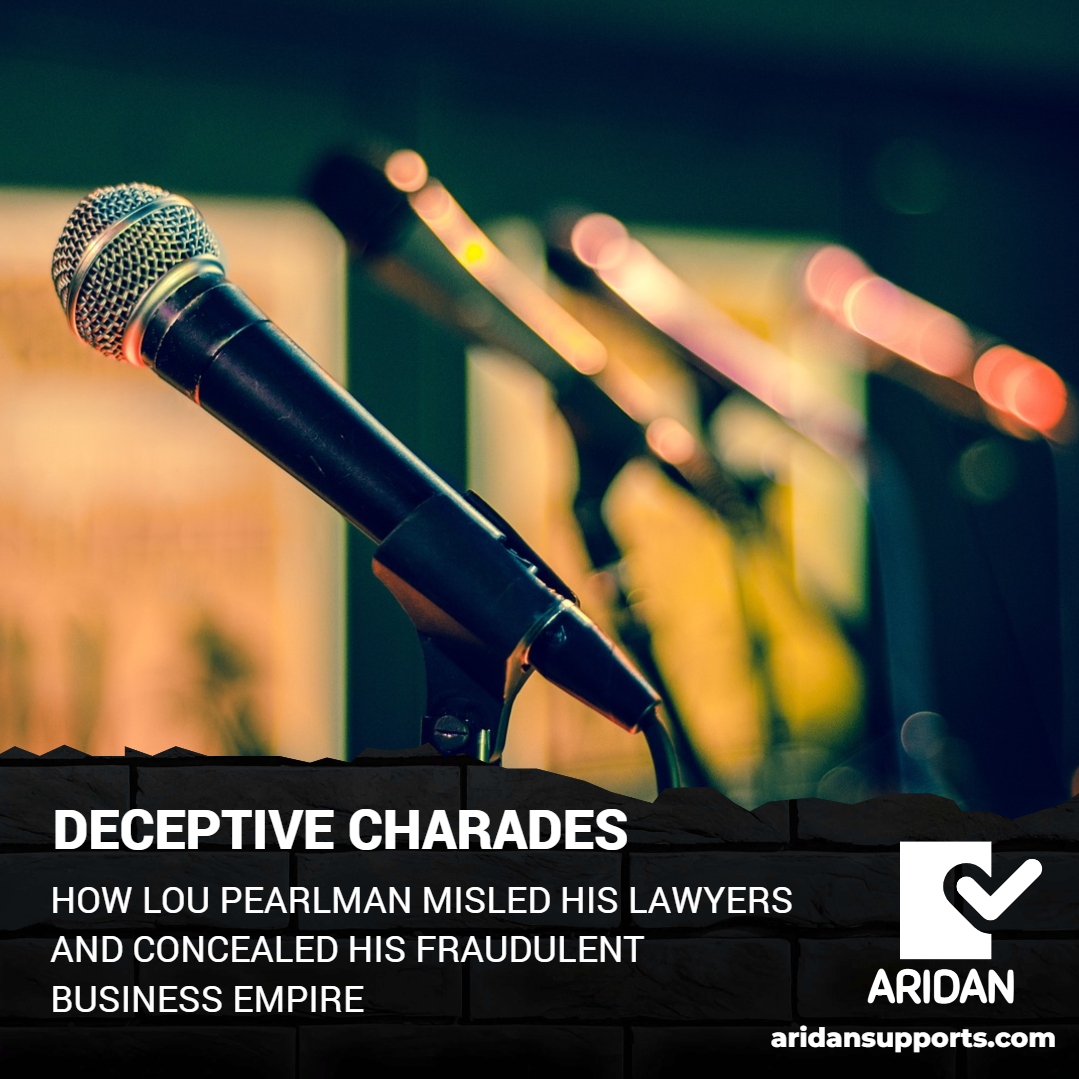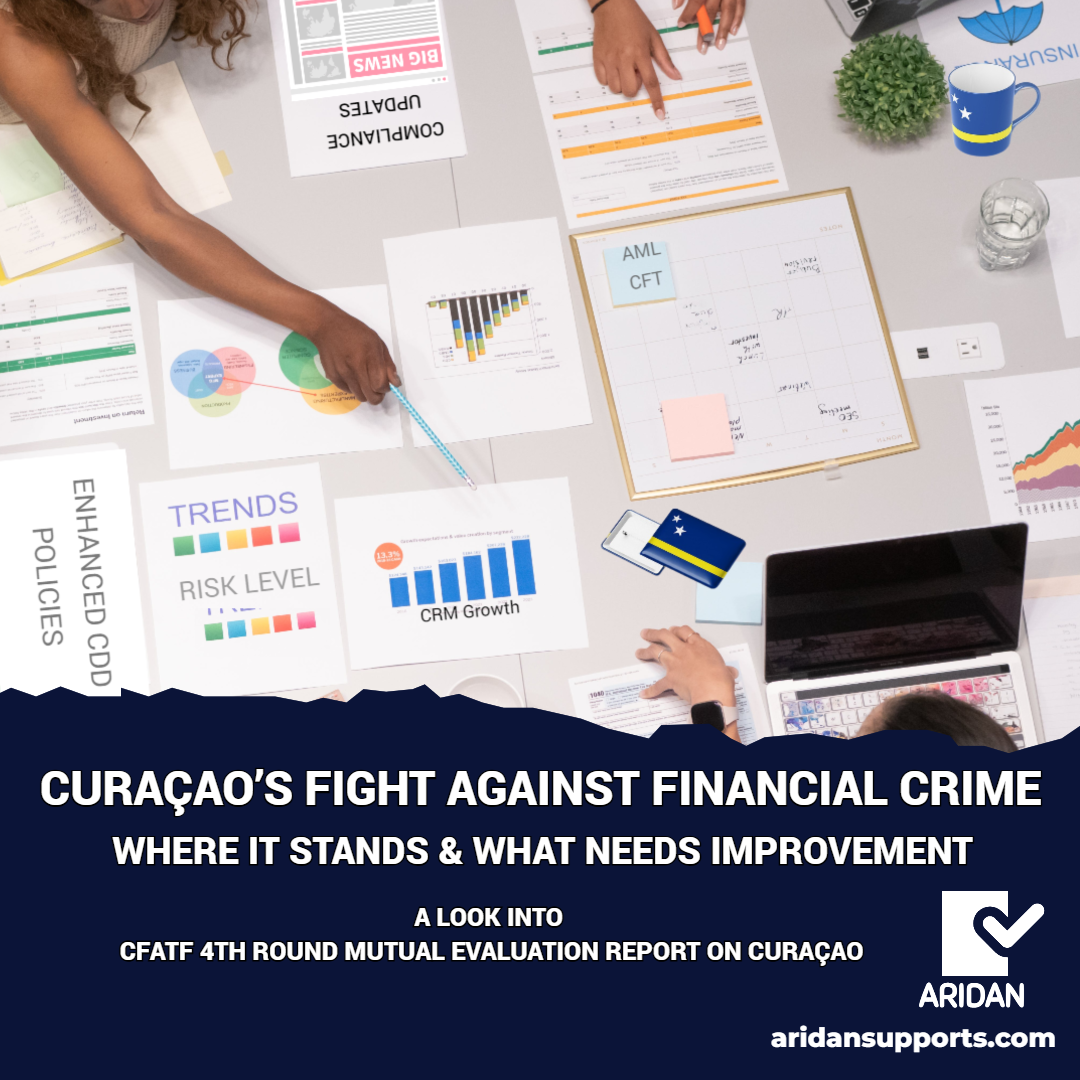Pearlman launched a Ponzi scheme and for twenty years would convince banks and individuals to invest in fictitious companies. Lou Pearlman’s ability to deceive extended beyond his investors and into his legal team. His lawyers, who were tasked with defending him and managing his legal matters, were also misled by Pearlman.
After becoming enamored with the success of the 1980s and 1990s sensation New Kids on the Block, Pearlman set out to create his own teen idols. He assembled top male singers and launched the boy band Backstreet Boys, which achieved immediate success for his record label, Trans Continental Records. Building on this triumph, he formed another boy band, *NSYNC. The success of these bands attracted eager investors looking to share in Pearlman’s growing wealth.
Investors were invited backstage to meet the popular boy bands and were quickly captivated by their success. While the success of *NSYNC and the Backstreet Boys was genuine, the companies where people invested their life savings were not.
For twenty years, Pearlman operated as a con artist, persuading investors to put their money into Trans Continental Airlines Travel Services Inc. and Trans Continental Airlines Inc., two fictitious entities existing only on paper. To make his schemes seem legitimate, Pearlman invented a bogus airline company, a phony German bank, and a fictitious accounting firm in Florida.
MISREPRESENTATION OF ASSETS AND FINANCIAL STATUS
In 2007, Pearlman came under investigation. He initially told Florida state officials that the money was invested in a company called “German Savings.” When officials could not locate such a company, they began searching for the accounting firm that prepared Pearlman’s financial statements.
Their investigation led them to two addresses: one in South Florida, where no such firm was found, and another in Germany, which matched the fictitious “German Savings” company’s address. This location was linked to a remote answering service paid for by the investors.
Pearlman had a long history of fraudulent activity before his Ponzi scheme was fully exposed. This deception extended to his lawyers, who might have been led to believe that Pearlman had substantial assets and a legitimate business empire. This misrepresentation was crucial in crafting legal strategies and negotiating settlements.
FALSE DOCUMENTATION
Pearlman was known for creating false documentation to support his fraudulent claims. He provided his lawyers with fabricated financial records and statements that painted a picture of solvency and financial health. This false information misled his legal team into believing that they were dealing with a legitimate financial entity and not a Ponzi scheme.
DECEPTIVE LEGAL STRATEGIES
Pearlman’s lawyers, operating under false pretenses, were likely advised by him based on incomplete or incorrect information. Pearlman’s deception included directing legal strategies that were designed to delay the investigation and legal processes, potentially buying time, and attempting to protect his assets, which were either non-existent or significantly overstated.
CONCEALMENT OF KEY FACTS
Pearlman actively concealed key facts about the true nature of his operations. By not disclosing the full extent of his fraudulent activities and the depth of his financial problems, he misled his lawyers about the real risks and challenges involved in his case. This concealment made it difficult for his legal team to mount an effective defense or engage in meaningful negotiations with prosecutors and regulators.
MANIPULATION AND DECEPTION
Pearlman’s charm and manipulative abilities likely played a role in deceiving his legal team. By presenting himself as a credible and successful businessman, he might have convinced his lawyers to take on his case under false pretenses, believing they were representing a legitimate entrepreneur rather than a fraudster.
IMPACT ON LEGAL PROCEEDINGS
The deception impacted legal proceedings in several ways:
- Defense Strategy: The lawyers’ strategies and actions were based on misleading information, which could have compromised their effectiveness in court.
- Settlements and Negotiations: Pearlman’s false representations affected negotiations with creditors and prosecutors, potentially leading to unfavorable settlements for his victims.
- Legal Costs: His legal team, operating under false assumptions, may have invested significant time and resources into a case that was fundamentally dishonest, impacting the overall cost and efficiency of the legal process.
THE SCHEME
Lou Pearlman’s scheme was notorious for its sophistication and audacity, and the use of a non-existent bank for wire transfers is a prime example of his deceitful practices.
Here’s how he managed to use such a deceptive tactic:
- Creating a False Bank: Pearlman allegedly established the illusion of a legitimate bank account by using a fictitious bank. This non-existent bank was used to process and disguise financial transactions, contributing to the façade of a successful and solvent business operation.
- Wire Transfers: To facilitate the Ponzi scheme, Pearlman orchestrated wire transfers through accounts that, in reality, did not exist. This helped him divert funds, make fraudulent payments, and maintain the illusion of legitimate financial activity.
- Financial Deception: By using a non-existent bank, Pearlman effectively obscured the true flow of money. This tactic made it more difficult for regulators, investigators, and his own legal team to trace and verify financial transactions. It also helped him cover up the fraudulent nature of his operations.
- Avoiding Detection: The use of a fake bank account was part of Pearlman’s broader strategy to evade detection. By funneling money through non-existent institutions, he created additional layers of complexity and obfuscation, making it harder for authorities to uncover the true nature of his scheme.
IMPACT AND CONSEQUENCES
- Legal Complications: The existence of a fake bank added complexity to the legal proceedings. Investigators had to unravel the layers of deception, which included tracking down and verifying fraudulent transactions that were routed through non-existent institutions.
- Investor Losses: The fraudulent use of non-existent bank accounts contributed to the significant financial losses suffered by investors. Many individuals lost their life savings as a result of Pearlman’s deceptive practices, which were masked by a web of lies and fake financial entities.
- Regulatory Response: The discovery of such deceptive tactics led to increased scrutiny and regulatory reforms aimed at preventing similar schemes in the future. Financial institutions and regulatory bodies became more vigilant about verifying the legitimacy of financial transactions and institutions.
- Legal and Financial Repercussions: Pearlman faced severe legal consequences, including a lengthy prison sentence for his role in the Ponzi scheme. The fraudulent use of a fake bank was just one of many tactics he employed to mislead investors and evade justice.
BROADER IMPLICATIONS
Pearlman’s use of a fictitious bank highlights the lengths to which fraudsters will go to deceive and manipulate.
Lou Pearlman’s ability to deceive his lawyers was a key part of his broader fraudulent strategy, utilizing misrepresentation, false documentation, and manipulation to obscure the truth and delay the legal consequences of his actions.
It underscores the importance of due diligence, transparency, and rigorous financial oversight to prevent and detect fraudulent activities.
This case serves as a cautionary tale about the need for vigilance in financial transactions and the importance of verifying the legitimacy of financial institutions and practices.
Listen to the article here
Sources
ABC. (2019). KGO 20191214 050000 2020 [Audio file]. Internet Archive. Retrieved on November 16, 2024: https://archive.org/details/KGO_20191214_050000_2020/start/60/end/120
Parker, J. (2024). The boy-band con: The Lou Pearlman story. At Large Magazine. Retrieved on November 16, 2024: https://atlargemagazine.com/journal/the-boy-band-con-the-lou-pearlman-story/
Jones, S. (2021). The rise and fall of Lou Pearlman. Investopedia. Retrieved on November 16, 2024: https://www.investopedia.com/articles/markets/121215/rise-and-fall-lou-pearlman.asp
Mercuri, M. (2024, July 24). The wild true story behind Netflix’s Dirty Pop, the boy-band scam, and Lou Pearlman’s Ponzi scheme. Forbes. Retrieved on November 16, 2024: https://www.forbes.com/sites/monicamercuri/2024/07/24/the-wild-true-story-behind-netflixs-dirty-pop-the-boy-band-scam-and-lou-pearlmans-ponzi-scheme/
Netflix Tudum. (2024). Dirty Pop: The Boy Band Scam: Release date, trailer, news. Netflix. Retrieved on November 16, 2024: https://www.netflix.com/tudum/articles/dirty-pop-boy-band-scam-release-date-trailer-news
Netflix Tudum. (2024). Dirty Pop documentary: Lou Pearlman and the boy band scam. Netflix. Retrieved on November 16, 2024: https://www.netflix.com/tudum/articles/dirty-pop-documentary-lou-pearlman
People. (2024, April 10). Who was Lou Pearlman? Everything to know about the boy-band mogul behind Backstreet Boys and NSYNC. People. Retrieved on November 16, 2024: https://people.com/who-was-lou-pearlman-everything-to-know-8683093
Smith, L. (2024). Netflix’s “Dirty Pop” documentary exposes Lou Pearlman’s dark side. MSNBC. Retrieved on November 16, 2024: https://www.msnbc.com/opinion/msnbc-opinion/netflix-dirty-pop-documentary-lou-pearlman-nsync-backstreet-boys-rcna163507
Time. (2024, October 23). Dirty pop on Netflix: The boy-band con. Time. Retrieved on November 16, 2024: https://time.com/7002523/dirty-pop-netflix-time-studios/
TLC. (2019). The Boy Band Con: The Lou Pearlman Story. Documentary. Produced by TLC. Available on Youtube: https://www.youtube.com/watch?v=CcCRs0Ic3FI&t=37s&ab_channel=YouTubeOriginals
Yang, A., Lopez, E., & Gowen, G. (2019, December 13). Lou Pearlman: How the man behind Backstreet Boys and NSYNC used boy bands to lure people into a massive Ponzi scheme. ABC News. Retrieved on November 18, 2024: https://abcnews.go.com/US/lou-pearlman-backstreet-boys-nsync-lure-people-massive/story?id=67630954









